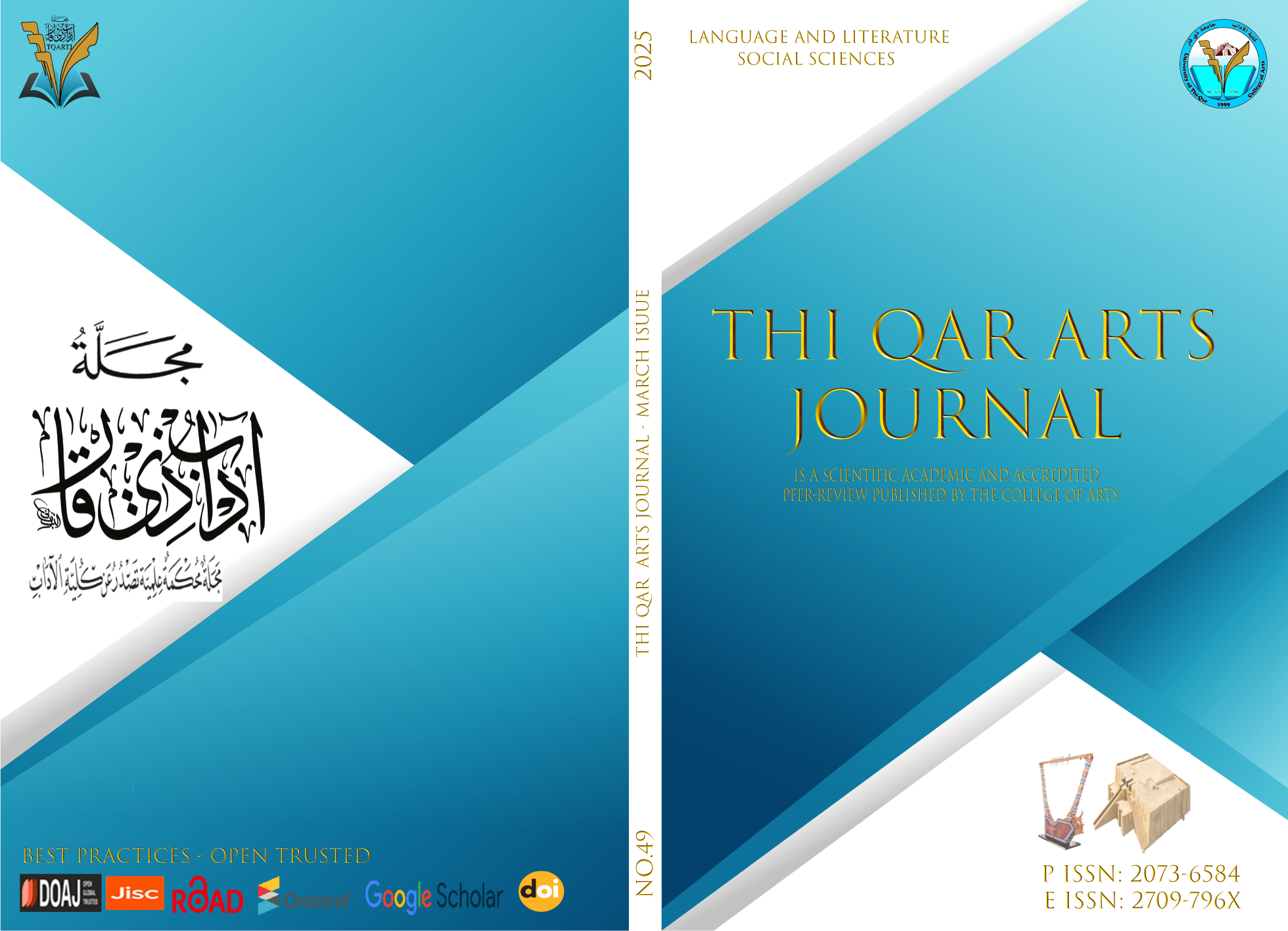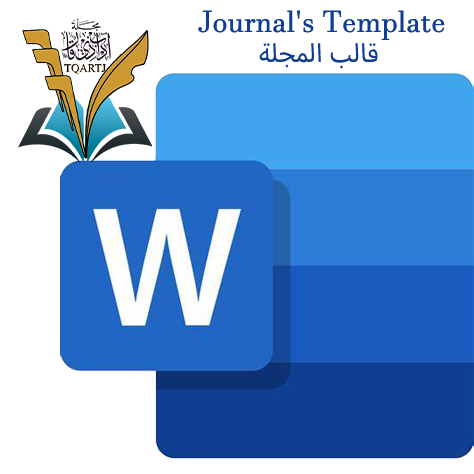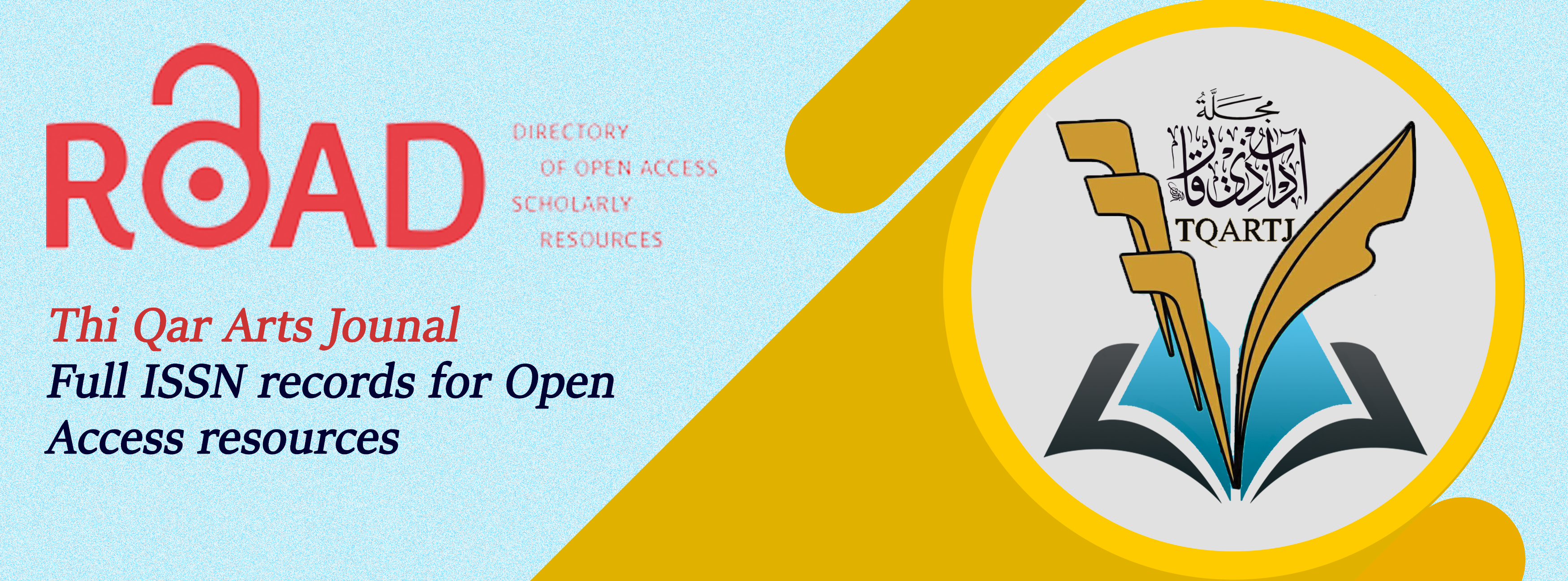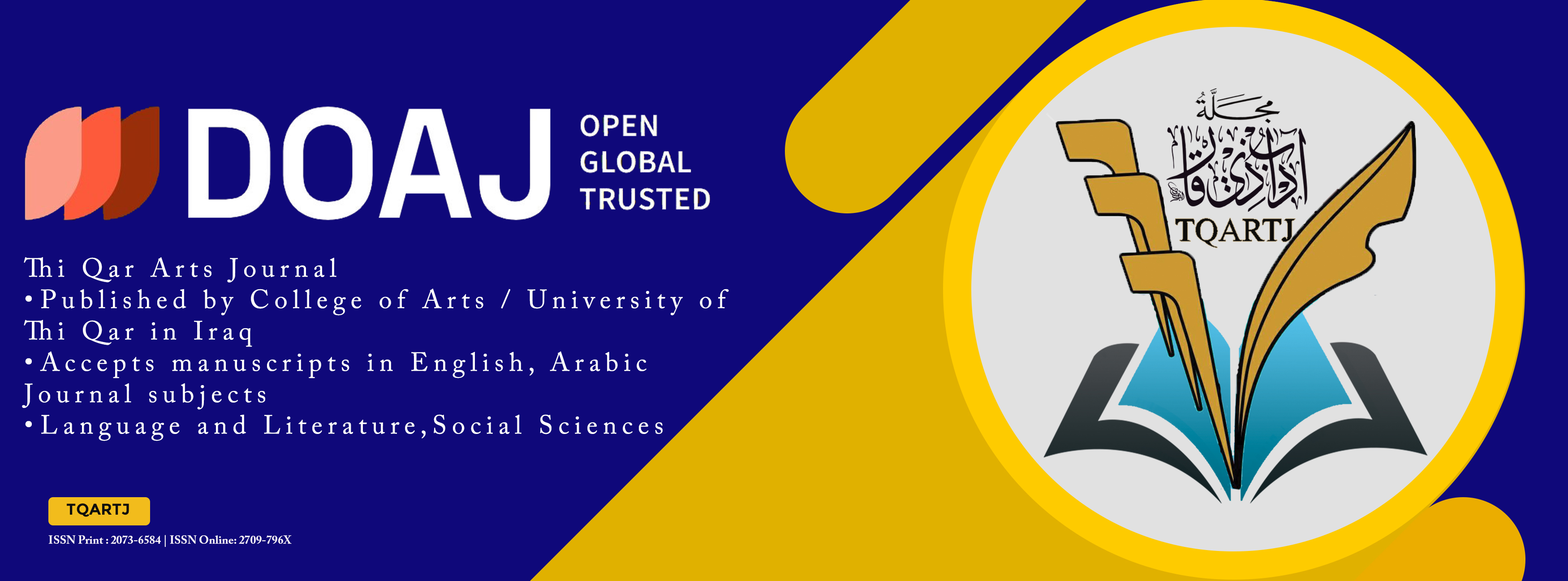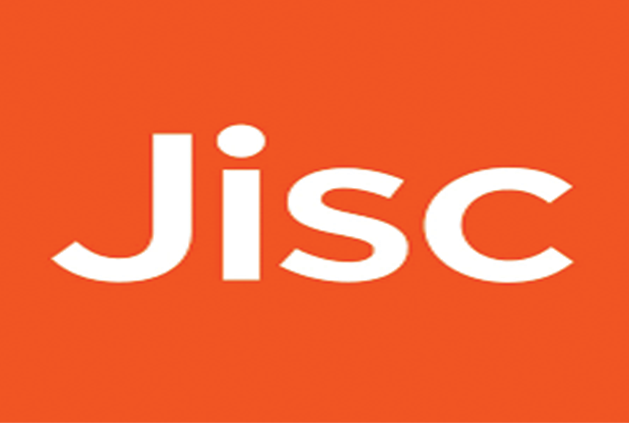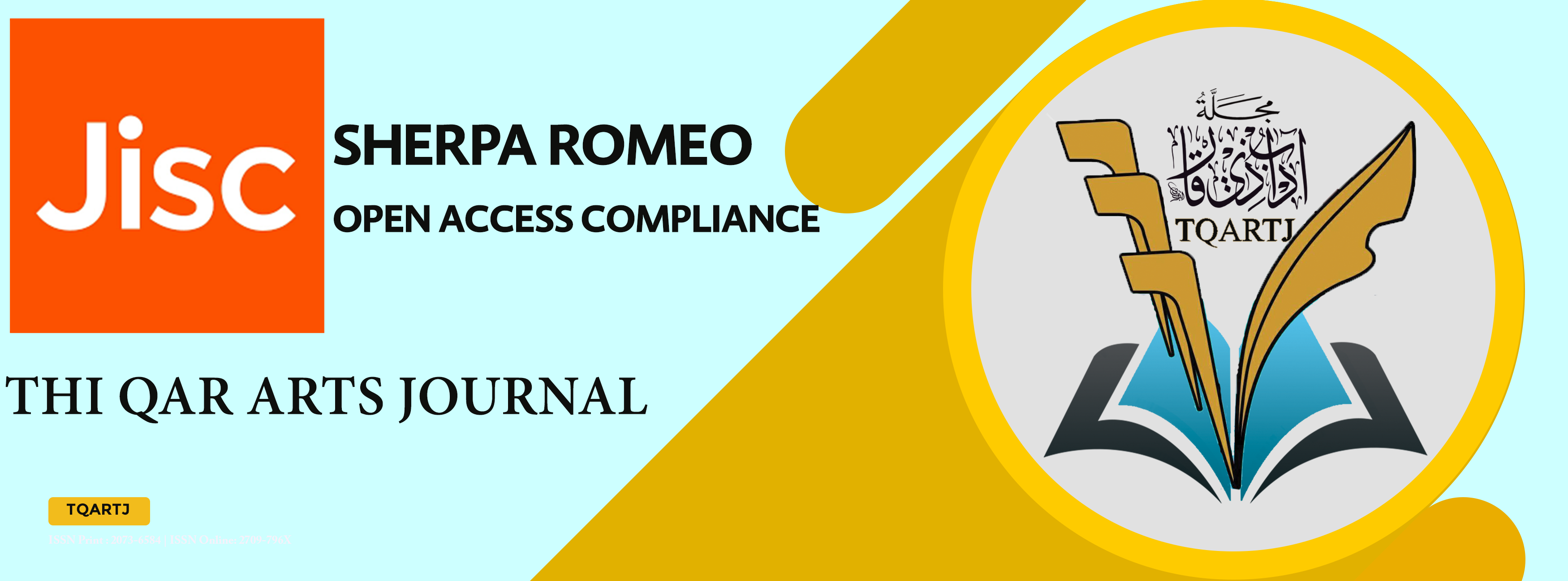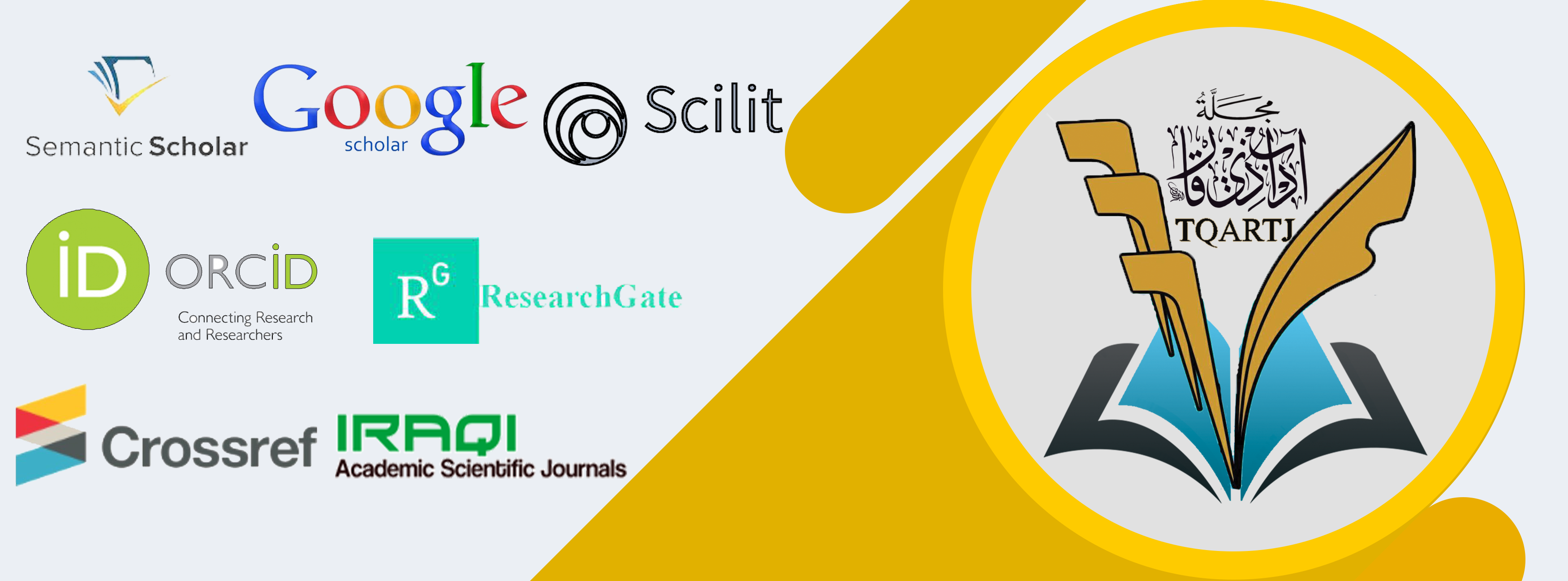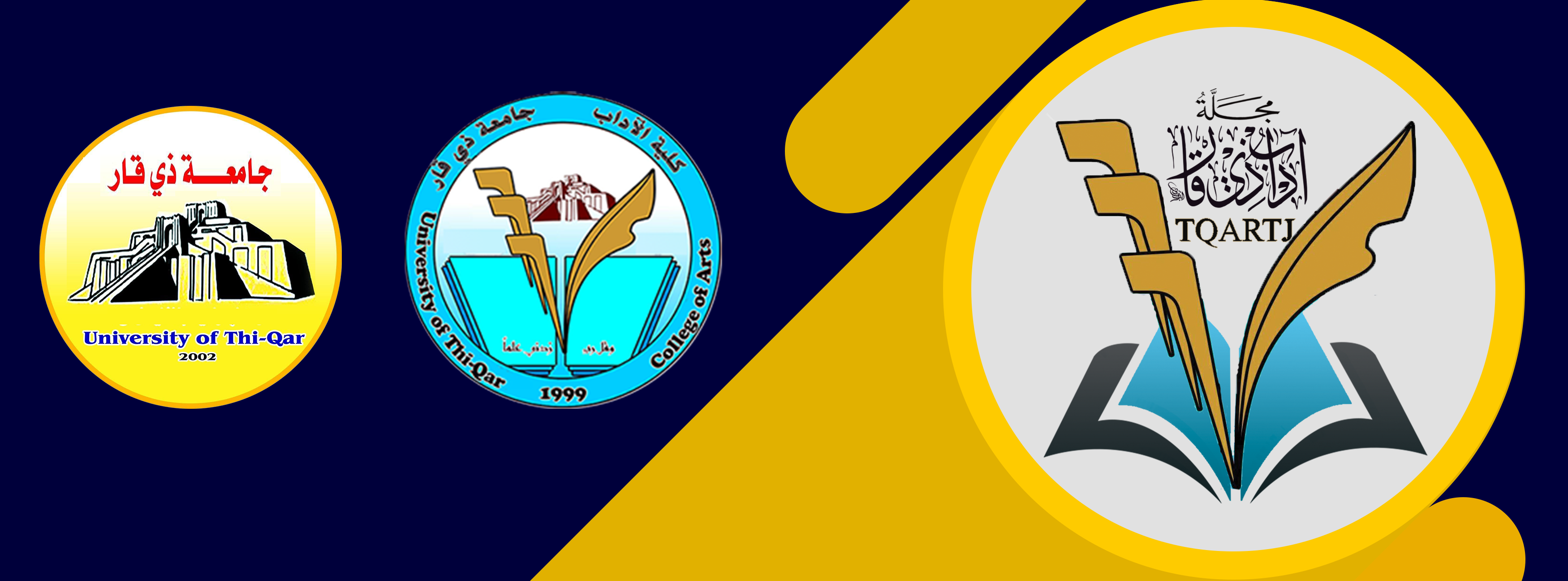The Renaissance Project of Taha Hussein
DOI:
https://doi.org/10.32792/tqartj.v1i40.383Keywords:
The knowledge project, doubt, the Cartesian method, social and educational reality, intellectual renaissance.Abstract
Taha Hussein1889- 1973 is one of the Arab writers and thinkers who contributed to building the intellectual renaissance in the modern era. He has his own project that he established from the cross-pollination of Arab culture with European culture, according to a method based on doubt to reach the truth and everything is subject to criticism in his view. He researched history and ancient Arab heritage to uncover the facts in many issues, the most prominent of which is what he addressed in the subject of (doubt), which he studied according to the Cartesian method, as he devoted his study in his book (On Pre-Islamic Poetry) and attributed this poetry to pre-Islamic poets. He tried to employ his doubts according to a method that combines the study of history and doubt in everything presented to him in order to reach the truth of things. As a result of the harsh conditions that Taha Hussein went through, it made him think about the reality of man and the reality of backwardness and poverty in society and to find appropriate solutions to advance the social and educational reality. He presented his proposals that he made into implementable goals to care for schools, education and universities, and that education is not limited to one category of people without another. His project was prepared for implementation after he became Minister of Education. He tried to expand his renaissance project, addressing everything related to the past, present and future in order for Egypt to be like one of the Western countries, influenced by France when he was sent to it and noticing the development and advancement of this European country. His concern, like the intellectuals who had a knowledge project, was to make Egypt among the countries that are pointed to with the finger
Downloads
References
1
Published
Issue
Section
License
Copyright (c) 2022 Azher Nour

This work is licensed under a Creative Commons Attribution 4.0 International License.
The journal applies the license of CC BY (a Creative Commons Attribution International license). This license allows authors to keep ownership of the copyright of their papers. But this license permits any user to download, print out, extract, reuse, archive, and distribute the article, so long as appropriate credit is given to the authors and the source of the work. The license ensures that the article will be available as widely as possible and that the article can be included in any scientific archive.
